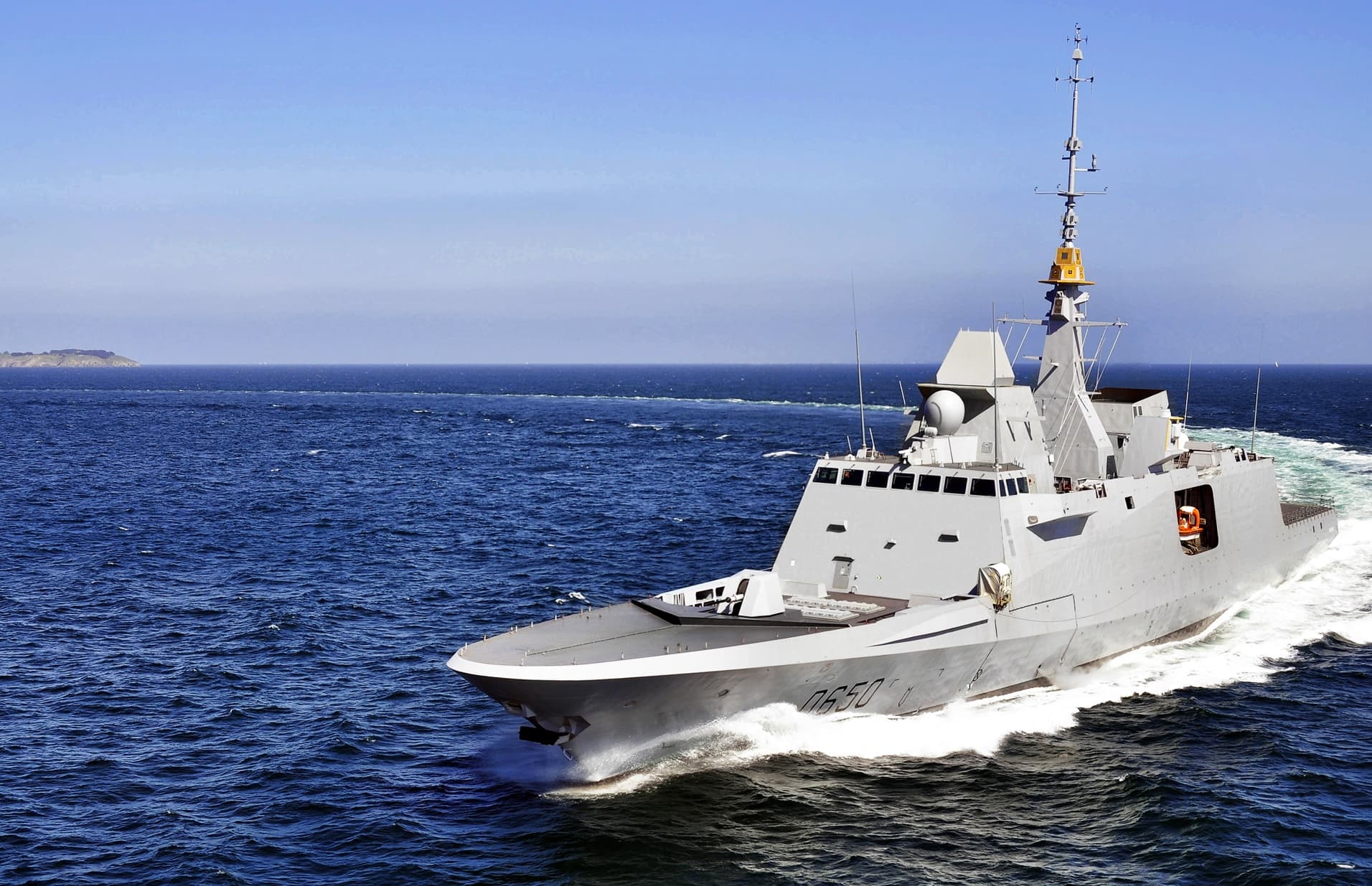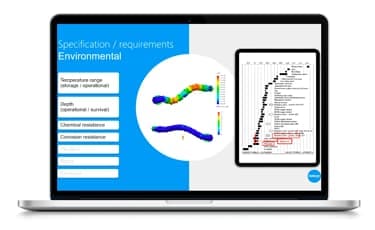Analysis: subsea cable testing without conducting tests
While conducting tests can never be completely excluded, there are a number of factors within subsea cable testing that can be verified through analysis. Calculations, modeling and simulations can be sufficient, without expensive tests. Three examples are strength, environment, and lifespan.
Strength is perhaps the most important factor to analyze. Of course, the strength of a cable is verified later by testing, but before the cable is built, materials and the cable design are already analyzed for strength. This prevents modifications at a later stage.
The environment in which a cable will eventually be used can also be analyzed. After all, there is data from areas like oceans on temperature, chemical resistance, salinity and depth. For example, you can easily analyze how temperature- or chemical-resistant your cable should be.
The third factor, lifespan, mainly relates to fatigue. For example, can the cable be towed behind a ship for 5,000 hours? This can be analyzed with data on waves or other movements, cycles and variations in tension and comparing these operational conditions with the fatigue life of the strength member by using the proper fatigue model.



